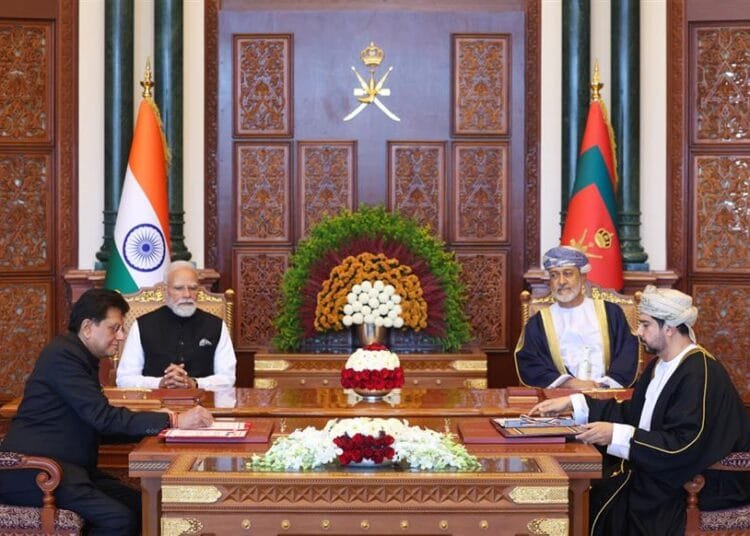Demand drive by urban expansion and population growth
The India Transportation Infrastructure Construction Market is projected to reach US$206 billion by 2031, rising at a CAGR of 6.18%, having been valued at US$143 billion in 2025, according to an industry report by ResearchAndMarkets.com on 5 Sept https://www.commerce.gov.in/.
The sector encompasses the development of essential transport systems such as roads, railways, bridges, ports, airports, and transit networks that support mobility and economic growth. As urbanization intensifies and industrial activities expand, the demand for robust and efficient transport infrastructure continues to rise.
The market is supported by a combination of public and private investment, with strategic initiatives focused on building resilient, sustainable, and integrated transport networks, said the “India Transportation Infrastructure Construction Market by Region, Competition, Forecast & Opportunities, 2021-2031F” report https://www.conexpoconagg.com/.
Key factors such as modernization of logistics corridors, adoption of smart construction technologies, and government programs like Smart Cities and Gati Shakti are shaping the future of infrastructure development in India.
The rapid urban expansion and population growth in India are significantly accelerating the demand for transportation infrastructure. With urban populations surging and more people migrating to cities, the pressure on existing transit systems has intensified. This shift is prompting large-scale investments in metro rail networks, expressways, ring roads, and elevated corridors in metro cities such as Delhi, Mumbai, Bengaluru, and Hyderabad, said the report https://fieo.org/.
At the same time, infrastructure development is spreading to Tier-2 and Tier-3 cities to manage future urban growth and decentralize economic hubs. Government initiatives such as Smart Cities Mission and AMRUT are encouraging integrated urban mobility solutions, combining digital technologies with sustainable infrastructure. As India’s population is expected to cross 1.5 billion by 2030, the focus on transport connectivity and urban infrastructure will remain a top priority for national and regional planners.
However, land acquisition and regulatory delays continue to be major hurdles for transportation infrastructure projects in India. Securing land for roads, railways, and ports often involves complex legal processes, compensation disputes, and opposition from local communities. Multiple layers of central and state regulations can stall project approvals, while environmental and forest clearances further lengthen timelines.
Disputes over land ownership, outdated records, and relocation concerns frequently lead to legal challenges that delay construction. Despite efforts to streamline approvals through single-window systems and legal reforms, implementation remains inconsistent https://www.nseindia.com/.
These delays not only increase project costs but also deter private sector participation, particularly under PPP models where predictable timelines are critical. Resolving these issues requires coordinated policy enforcement, stakeholder engagement, and transparent, fair compensation frameworks.
A key trend transforming India’s infrastructure sector is the shift toward multimodal transportation networks. Instead of focusing solely on individual systems like roads or railways, planners are now promoting integrated networks that combine air, road, rail, and waterway systems to streamline movement and logistics. The PM Gati Shakti National Master Plan is central to this transformation, encouraging inter-ministerial coordination and integrated infrastructure development https://www.bseindia.com/.
On the ground, this trend is manifesting in the construction of logistics parks, intermodal terminals, and road-rail-airport linkages. Projects like freight corridors and smart cargo terminals are designed to reduce transportation time and costs https://sbi.com.in/.
Multimodal infrastructure also supports sustainability by facilitating the shift of freight from roadways to rail and inland waterways, which are more energy-efficient. This integrated approach is expected to be pivotal for enhancing India’s competitiveness in global trade and logistics, said the report. Fiinews.com










